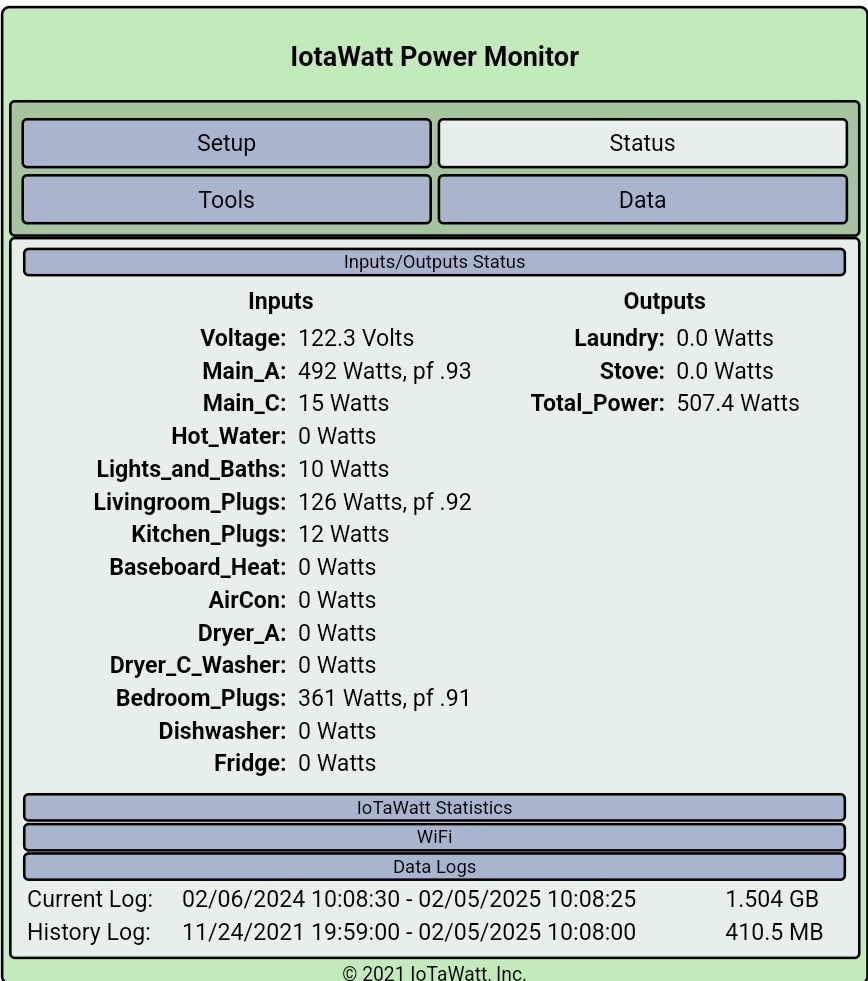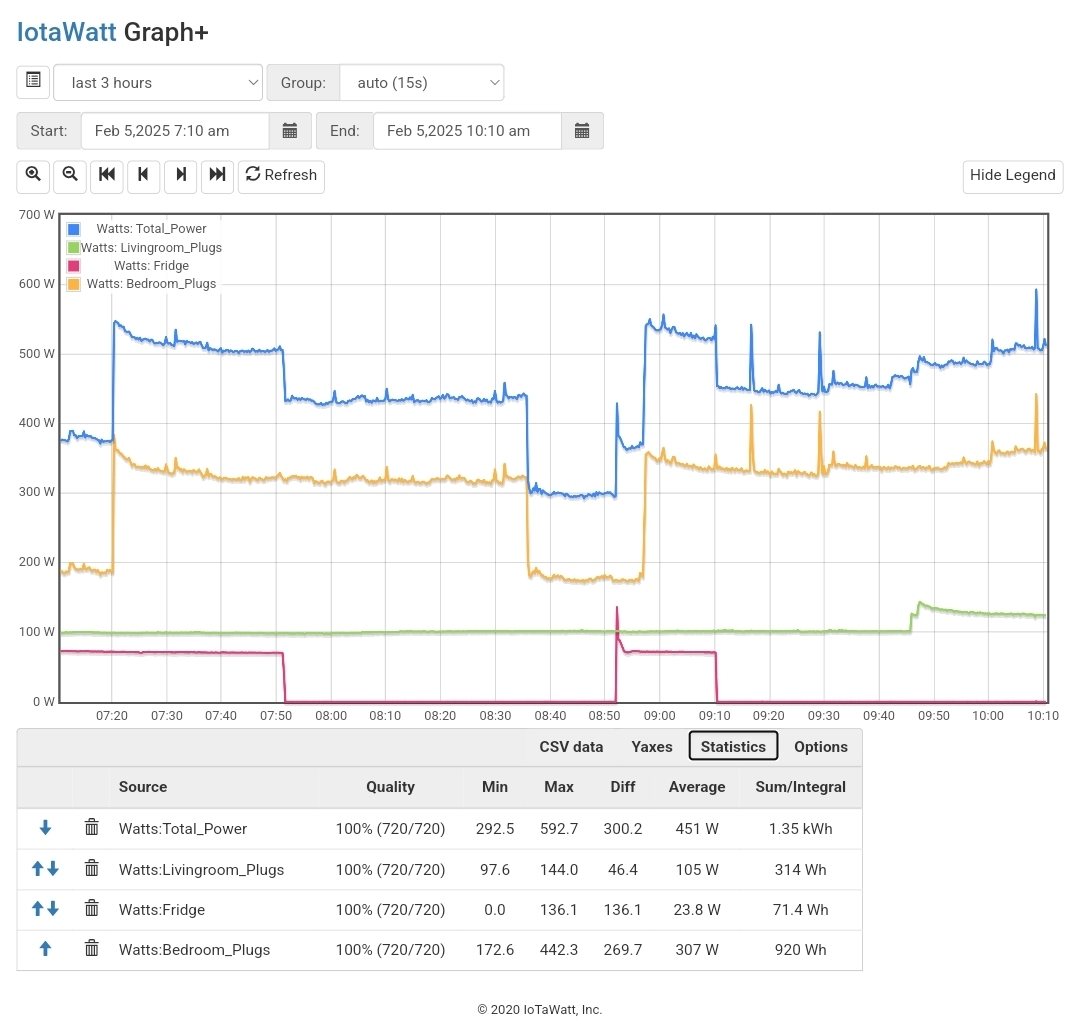

I run Borg nightly, backing up the majority of the data on my boot disk, incl docker volumes and config + a few extra folders.
Each individual archive is around 550gb, but because of the de-duplication and compression it’s only ~800mb of new data each day taking around 3min to complete the backup.
Borgs de-duplication is honestly incredible. I keep 7 daily backups, 3 weekly, 11 monthly, then one for each year beyond that. The 21 historical backups I have right now RAW would be 10.98tb of data. After de-duplication and compression it only takes up 407.98gb on disk.

With that kind of space savings, I see no reason not to keep such frequent backups. Hell, the whole archive takes up less space than one copy of the original data.





Nice!
Upgrade went smoothly on docker, with some neat new additions. There’s new filter options in the query log. There’s a bunch of new metrics under Settings > System (enable ‘advanced’ in the top right). And overall there seems to be many more settings available under System > All Settings. For example you can easily set the TTL for blocked responses (this was a setting burried in config files before, I was looking for it like 2 weeks ago).
If you don’t use/set a password in pihole, or you set one via .env variables; you’ll probably have to reset it with the command:
sudo docker exec <container_name> sudo pihole setpassword <your password here>(empty for no password)
/edit; seems that was a temporary solution.
These env variables have changed:
Was:
webpassword=<your password>DNS1=<upstream1>DNS2=<upstream2>Now:
FTLCONF_dns_upstream=<upstream1;upstream2>FTLCONF_webserver_api_password=<your password here>